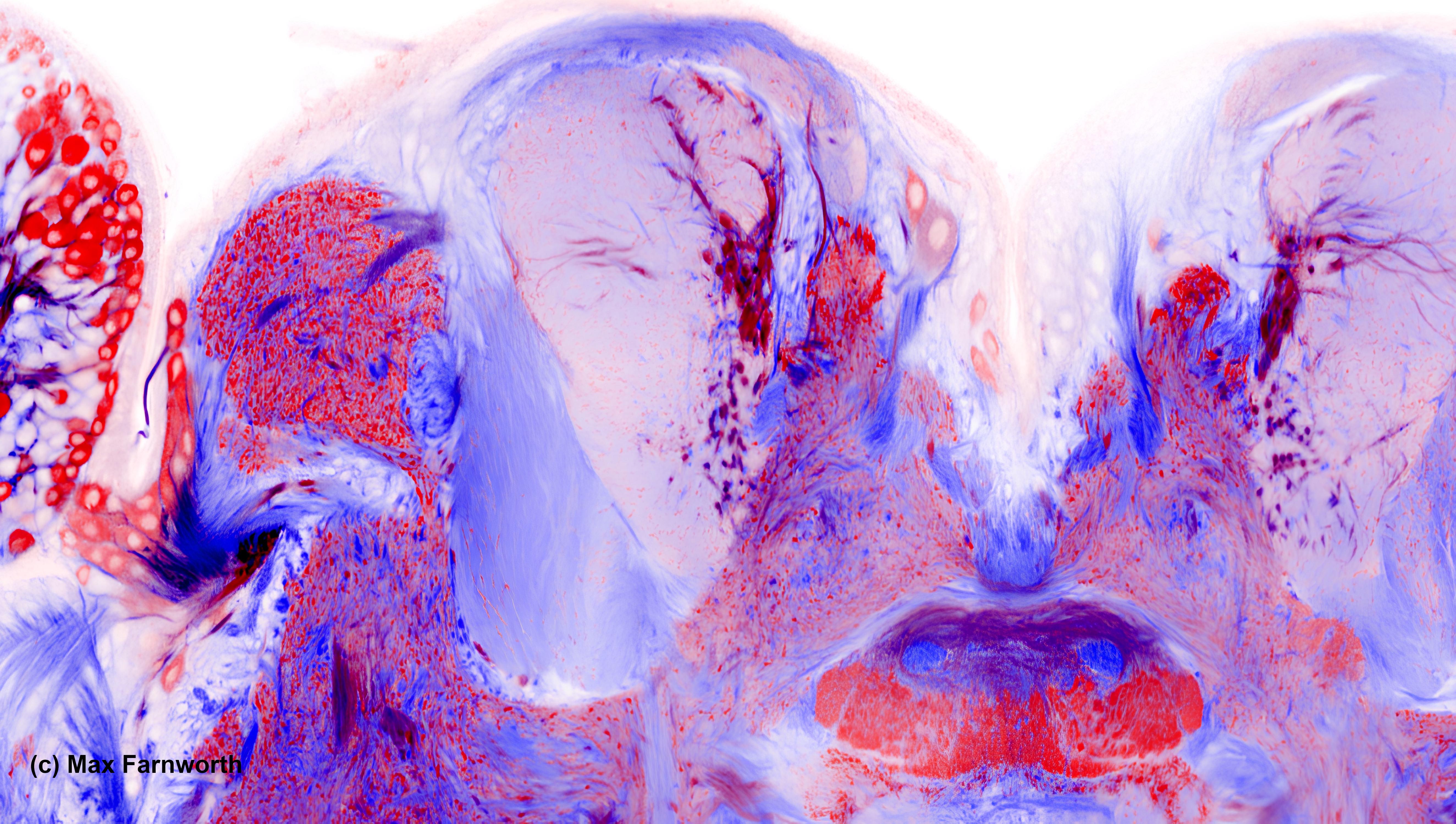
Glial cell evolution during brain expansion
Supervisor: Professor Stephen Montgomery
Studies of brain expansion typically focus on the benefits of increased numbers of neurons. However, about half the cells in our brains are not neurons, but are instead glia. Glia are generally considered as support cells, with roles in the physical and homeostatic maintenance of neural tissue, but they can also modulate neuronal activity to directly impact behaviour. As such, they may have important roles during periods of selection for increased neural investment, linked to behavioural or cognitive evolution. We recently established Heliconiini butterflies as a new case study in brain and behavioural evolution. Within the Heliconiini, the size of the principle learning and memory centre, the mushroom bodies, varies by 25X. This variation is linked to visual specialisation, an 8X increase in the number of intrinsic mushroom body neurons (Kenyon cells), and improvements in specific learning and memory profiles. Recent single-cell transcriptomic data, produced by our lab, provides new resources to now investigate how glial cells evolve alongside these neuronal adaptations. In this project, we will aim to quantify the number of glia, their sub-types, compare their molecular profiles across species, and explore their behavioural function.
Importance of the area of research concerned
This project will address an underexplored question in brain evolution, establishing the co-evolution or independence of glial cell evolution during periods of neuronal evolution. Incorporating non-neuronal cells into our understanding of variation in neural systems is critical to provide a complete picture how brain and behaviour evolution. Glia are increasingly also linked to cognitive health and ageing, and this project will establish a framework for an insect model of these processes, alongside ongoing work in our lab to investigate ageing in these long-lived butterflies.
Type of Work
The student will have the opportunity to shape the project to their interests, but the project will likely have a molecular focus and begin by using single-cell transcriptomic data to establish markers to stain, image and quantify specific glia cell types. Comparative analyses of these data across species will provide foundational information on how glia evolve as the population of Kenyon cells expands. Subsequent experiments may explore the transcriptional activity of specific glia cell types, across species and in response to behavioural treatments, and may also include chemical treatment to inhibit glia function during behavioural assays.
References
Couto A, Young FJ, Atzeni D, Marty S, Melo‐Flórez L, Hebberecht L, Monllor M, Neal C, Cicconardi F, McMillan WO, Montgomery SH. Rapid expansion and visual specialisation of learning and memory centres in the brains of Heliconiini butterflies. Nature Communications. 2023 Jul 7;14(1):4024. Young FJ, Montgomery SH. Heliconiini butterflies as a case study in evolutionary cognitive ecology: behavioural innovation and mushroom body expansion. Behavioral Ecology and Sociobiology. 2023 Dec;77(12):131. Lee D, Shahandeh MP, Abuin L, Benton R. Comparative single-cell transcriptomic atlases of drosophilid brains suggest glial evolution during ecological adaptation. PLoS Biology. 2025 Apr 29;23(4):e3003120.
